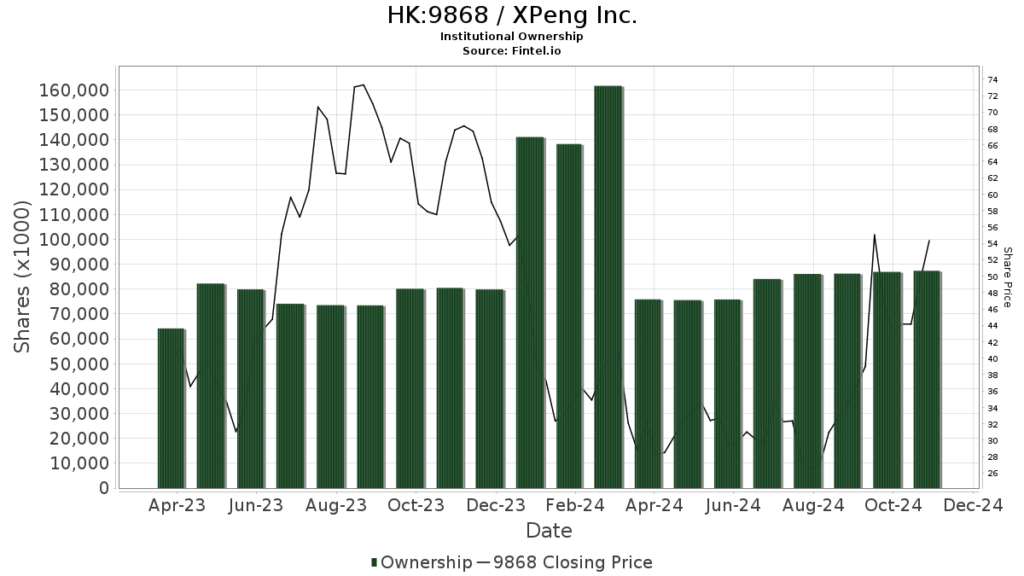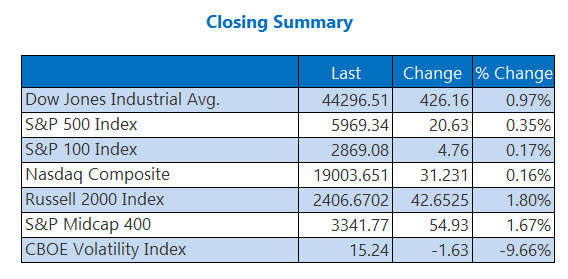With over $10 trillion traded daily, derivatives are a pivotal part of global financial markets. These sophisticated instruments are more than a tool for speculative investments; they also facilitate risk management and price discovery in the financial market.
Both exchange-traded and over-counter derivatives markets are huge. OTC derivatives, in notional terms, have outstanding notionals of anything between $600 trillion to $1 quadrillion.
Financial markets thrive on security and efficiency. The emergence of electronic trading has been crucial to its growth, making derivatives trading easier for both institutional and retail investors.
Today, anyone can conveniently trade at the global level without having to leave their home or office. With blockchain technology becoming increasingly prominent in financial infrastructure, experts believe its integration will enhance the trading landscape.
To understand how, one must recognize the problems of modern derivatives trading and the solutions blockchain technology brings to the table.
The Inefficiencies of Modern Derivatives Trading
Despite technological advances, derivatives trading remains inefficient. A notable issue is the high daily settlement failure rate, reaching 5% in some cases.
Inefficiencies arise due to several reasons elaborated on in a 2020 paper on blockchain technology in trading processes. The reliance on intermediaries and manual operations contributes significantly to the market’s inefficiency.
The Impact of Middlemen and Manual Operations
Derivatives trading heavily relies on established structures with numerous intermediaries conducting manual operations for trade execution.
While intermediaries play a crucial role in connecting buyers and sellers, their presence leads to inefficiencies. Each derivatives trade involves multiple brokers and custodians, forming a complex transaction chain prone to communication breakdowns and errors.
Confirmation of trade details by each intermediary often leads to settlement delays and errors, creating bottlenecks in the trading process.
Opacity and Counterparty Risk
The use of intermediaries results in high opacity within derivatives trading. Information about trades, holdings, and counterparty positions is siloed, hindering risk assessment.
Opacity in derivatives, known for their complexity, has historically led to financial crises like the 2008 Global Financial Crisis and recent incidents involving Archegos and Credit Suisse.
Moreover, relying on centralized entities for contractual obligations increases counterparty risk. The surrender of custody of assets to intermediaries exposes traders to potential asset loss or disrupted settlements in case of insolvency or operational failures.
Due to their complicated nature and lengthy lifecycle, derivatives intensify the challenges associated with counterparty risk.
Revolutionizing Derivatives Trading with Blockchain Technology
The Complexity of Derivatives Market
The derivatives market, with its varying timelines of exposure ranging from fleeting moments to enduring stretches, teems with opportunities for counterparty defaults, cash flow failures, and settlement snags.
Redefining Truth in Finance
Traditional financial institutions, as highlighted in a DTCC paper, operate with fragmented systems and databases, leading to duplicated efforts and multiple versions of truth. Each system’s discrepancies breed challenges in finding a singular source of truth, complicating data reconciliation and clarity.
Furthermore, diverse pricing and margining mechanisms across institutions and even within desks generate conflicting representations of truth. The dearth of a unified data environment and reliance on legacy systems underscore the urgency for a fresh approach in modernizing the derivatives market.
How Blockchain Disrupts Derivatives Trading
Enter blockchain technology, a disruptor heralding a new era of security, efficiency, and accessibility in financial markets. By decentralizing control, blockchain assures investors of fund safety without forfeiting autonomy to intermediaries.
Smart contracts further elevate the landscape with automated tasks and atomic swaps, streamlining transactions and mitigating risks of failures in cash flows and settlements. A shared decentralized ledger ensures a single version of truth, eradicating discrepancies and fostering transparency.
Embracing blockchain democratizes market access, transcending location-based restrictions and promoting fairness for all participants through enhanced visibility and streamlined processes.
Looking Beyond the Buzz
Blockchain’s promise in derivatives trading extends beyond theoretical advantages, with ongoing experiments demonstrating tangible benefits poised for wider adoption. However, scalability, energy efficiency, and seamless integration with existing frameworks pose challenges for blockchain’s mass implementation.
Should these hurdles be surmounted, derivatives trading stands to gain significantly from blockchain technology, offering enhanced collateralization, efficient smart contract settlements, and decentralized execution for reduced costs, improved risk management, and inclusive market participation – epitomizing the future of a dynamic derivatives market.



